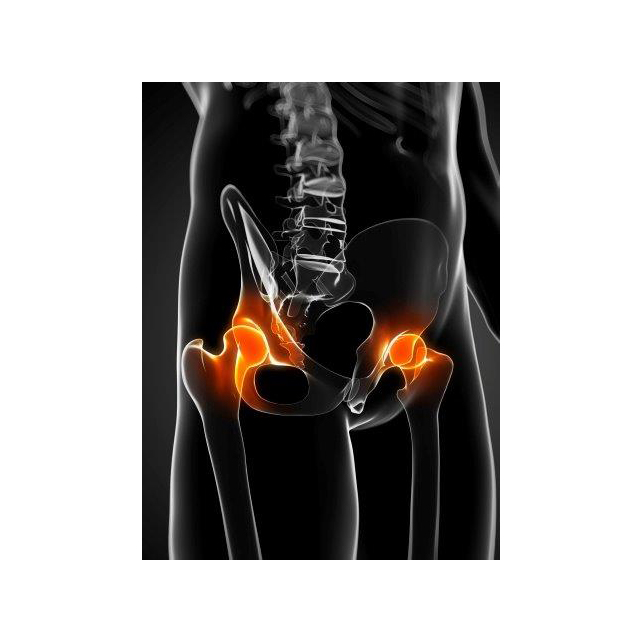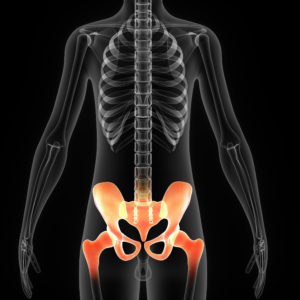Patients presenting with hip and groin pain are a diagnostic challenge for the sports medicine practitioner. Correct diagnosis is difficult due to close proximity of joint, tendon, ligament and neural tissue. In addition, there is the potential for remote musculoskeletal and non-musculoskeletal structures to refer into the area.
Two of best articles I have read recently are:
Summary of the article
Mike Reiman and Kristen Thorborg demonstrate a methodical and evidence based approach for the assessment of hip joint pain. The key messages:
- Clinical tests with high sensitivity should be used initially to “rule out” potential sources of hip pain
- Diagnostic imaging should only be used in conjunction with a thorough clinical assessment, never in isolation
- Physical assessment should investigate the individuals impairments (ROM/strength), activities (physical peformance measures) and participation (patient reported outcome measures)
Why I like it?
The article is a must read for those clinicians treating people with hip pain. It provides a easily to follow, systematic method for the assessment of hip joint pain.
Summary of the article
This paper tackles the unenviable task of determining a classification system for groin pain in athletes. Twenty-three experts in the area of groin pain participated in a consensus meeting to determine a classification system. The group decided on the following:
- Defined clinical entities for groin pain: Adductor-related, iliopsoas-related, inguinal-related and pubic-related groin pain
- Hip-related groin pain
- Other causes of groin pain
Why I like it?
This paper provides a step in the right direction for clinicians and researchers in classifying groin pain based on patient history and physical examination.


